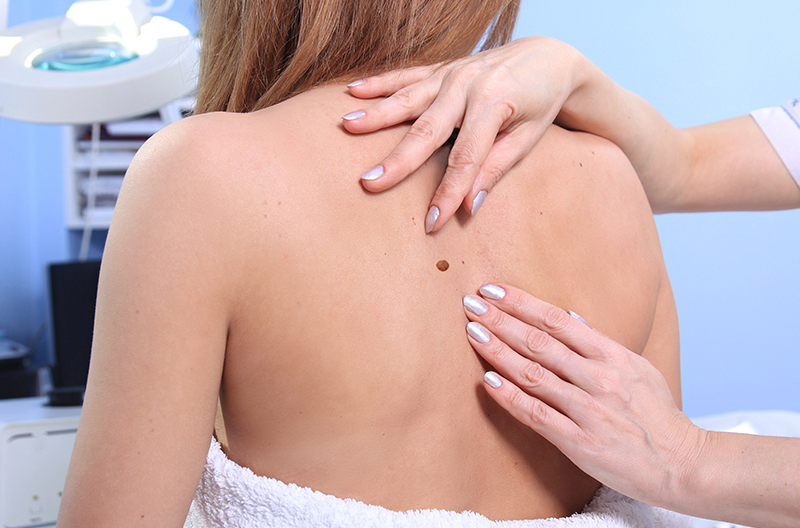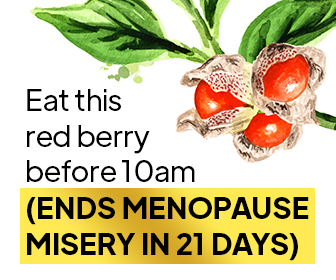Warts. A relatively harmless but highly annoying problem that millions of people suffer from. Warts can be spread between people and they can be spread from one part of your body to another. We know this much, but getting rid of them is another story.
Warts are frustrating, but they can be treated. Lots of people have home remedies they swear by for getting rid of warts, some of which have some scientific backing, and some of which don’t. In order to better understand why you have warts and what you can do to get rid of them, keep reading below.
What Are Warts?
Even though they are medically harmless, no one enjoys having a wart. They are growths of mucous membranes or skin caused by HPV, or the human papilloma virus. Wart infections can be mild, moderate, or severe. Mild is classified as just one or several warts that aren’t painful. Moderate is between 10 and 20 warts that are not painful. Severe warts are either more than 20 in number (not counting flat warts, since there are often more of them and painful to the point of inhibiting regular activities – severe cases of warts may also bleed.
There are multiple different types of warts.[1] They include:
- Common warts
- Plantar warts
- Genital warts
- Flat warts
- Filiform warts
Common Warts
Common warts show up most often on your fingers, although not exclusively. They can vary in size from 1 to 10 millimeters, and in addition to your fingers they can show up on the face, the elbows, the knees, or the hands. They can also show up elsewhere, although it is less common.
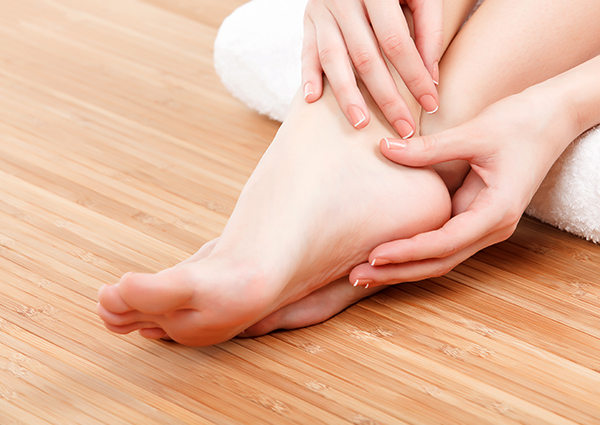
Plantar Warts
Plantar warts are found on the bottoms of feet. They are generally quite rough and thick, making them appear like calluses or corns. They are also mistaken for corns because of the fact that they are usually painful, especially since they generally appear on spots where your foot bears weight.
Genital Warts
Genital warts are transmitted via sexual contact, making them a sexually transmitted disease (STD). They are also caused by HPV but a different strain of the virus than other types of warts.
Flat Warts
Flat warts most often show up on places that you normally shave. That includes the face or the shins in particular. They are usually spread from shaving, although they can also be spread from scratching – this is why they also end up appearing on the arms or hands as well. They are smaller in size, ranging from 1 to 5 millimeters and they often appear in lines due to how they are spread.
Filiform Warts
Filiform warts have a rather different appearance from other types of warts – they are narrow and extend out from the skin by a millimeter or two. They are most commonly found around the eyelids, lips, or other parts of the face. Because of this, they are sometimes referred to as “facial warts.” Sometimes they can be found on the legs, neck, or fingers as well. They are skin-colored, pink, brown, or yellow. Filiform warts are caused by strains 1, 2, 4, 27, and 29 of the 100 known HPV strains.
Fun Fact: There are more than 100 different strains of HPV – and those are just the ones we know of!
What Causes Warts?
Warts are caused by HPV, but why do some people get them while others don’t? Warts are actually contagious, although not highly so. Genital warts are the exception to this rule, however, as they are highly contagious.
Warts are most easily spread from one person to another or from one part of the skin to another when there is a breakage in the skin that allows the infection to spread. If someone with warts touches an object, there is little to no chance of getting warts by touching that same object afterwards.
Warts happen to people most often in their teens, between the ages of 12 and 16. A rather large proportion of the population has warts at any given time – about 20% of school-age kids and 10% of the whole population have warts.
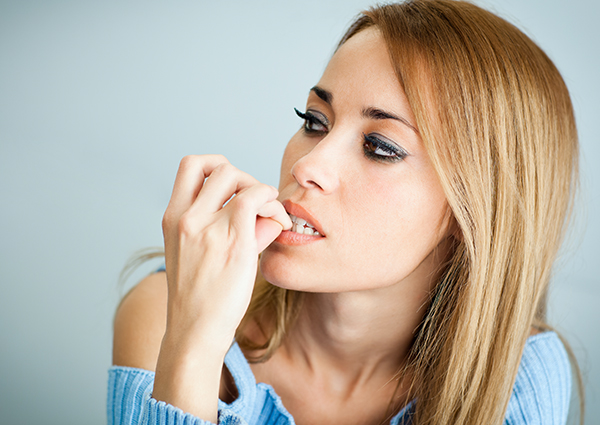
Warts are also more likely to occur in people whose immune system has been weakened. People who pick at hangnails or bite their nails frequently are also at a higher risk for getting warts on their fingers. Even so, plenty of people go through life without any warts, while others have problems with warts even when they’re not in a high risk group. Warts take a few months to be big enough to be noticed, meaning you might not even remember where you got the virus from.
How to Prevent Warts
There are a few ways to avoid contracting HPV and getting warts, although of course nothing is 100% effective. This is partly due to the fact that someone carrying HPV is not always going to show signs – sometimes they don’t have warts at all, but they can still spread the virus. In order to cut down on the risk of getting warts, don’t share items such as towels, as it surely would have touched the person’s wart before being shared. Additionally, don’t walk barefoot on locker room floors, around pool areas, or in public showers to help avoid getting plantar warts. Wear flip-flops instead.
If you do notice a wart, it is important not to touch it, pick at it, or scratch it. This could just lead it to spreading elsewhere on your body and will not help it go away at all. If it is a plantar wart, do whatever you can to keep your feet dry because warts on moist feet spread more easily. Finally, if you see someone with a wart, don’t touch it.
How to Get Rid of Warts
While there is no cure for the virus itself, the warts can nonetheless be effectively removed. There is a chance they could grow back, but you can always get it removed again. In most cases (especially with children), the warts go away on their own. In some cases (especially with adults), they worsen or don’t go away. In this case, treatment is a good idea. There are a number of methods for removing warts – you will have to decide which is the best option for you.
Fun Fact: Warts are relatively unpredictable. They may or may not grow back, they may or may not disappear on their own, and certain treatments could work for some but not others. The only way to effectively get rid of them is to try various methods.
There are plenty of home remedies worth trying before going through the trouble and expense of doing it at your doctor’s office. This does not include genital warts, which should absolutely not be treated at home – get them treated by a professional. Otherwise you could damage your genital area, which at best is highly painful and at worst could leave lasting damage.
Additionally, if you have any of the following symptoms then you shouldn’t try treating your warts yourself:
- You’re unsure if it is really a wart.
- There are more than a few warts.
- The wart is located on your face.
- Your immune system is weakened.
- You have diabetes (this especially applies if the wart is on your foot, since that could permanently damage nerves in your feet).
- You have painful, bleeding, burning, or itching warts.
If none of these applies to you, you could try one of the following remedies to treat your warts. Some are home remedies and some are done only by a doctor. People have tried anything under the sun, some of which may or may not be effective (especially when it comes to folk remedies). As with anything, more research needs to be done to know for sure – but in the meantime, most remedies are harmless and worth trying out.
Salicylic Acid

You can purchase salicylic acid treatments over the counter and there are different types, including a plaster, a liquid, or a gel. It needs to be used on a daily basis in order to be effective. Before treating your wart, be sure to soak it in warm water – taking a hot bath or shower beforehand should work just fine. Damp, warm skin allows the treatment to get in deeper but you can make it even more effective by filing down the dead skin on the top of the wart with a pumice.
Salicylic acid works by dissolving the skin away. This skin is what is infected with the virus, so for that reason, dissolving it away is effective in getting rid of the wart. Because it is acid, it could mildly irritate the skin around the wart if it comes in contact. Salicylic acid has the advantage of being pain-free. If some soreness does occur, simply pause treatment for a little while. Don’t stop treating the wart until it goes away — this could take several weeks before you see any positive changes.[2]
Liquid Nitrogen or Cryotherapy
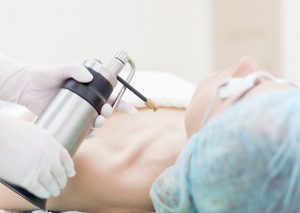
This form of treatment is also known as “freezing” the wart. It must be done by a doctor, and it often takes several rounds of treatments (once a week or once a month, for 2 to 4 times total). Sometimes this treatment doesn’t work at all, in which case your doctor can assess the situation and suggest a different form of treatment. In some cases, however, it works after just one treatment.
Freezing your wart off with liquid nitrogen or cryotherapy will cause some mild pain, but it is over quickly and can achieve some highly effective results. This treatment may leave a scar, but presumably it will be an improvement on the appearance of your wart. Freezing with over-the-counter medications is also possible, although it is less effective than having it done by a physician.[3]
Other Treatments by your Doctor

Other things your doctor can do to remove the wart include burning it (called electrocautery), cutting it off, or using laser treatment. Scars are likely with these forms of treatment.[4]
Your doctor could also suggest using cantharadin, podophyllin, or tretinoin. There is a chance that your doctor could recommend injecting chemotherapy drugs or applying imiquimod (which is an immunotherapy agent) as well. Finally, a chemical that causes an allergic reaction for your body to destroy its own wart could also be applied.
Sandalwood Oil

One type of wart treatment that isn’t suggested very often is sandalwood oil. There is one small scientific study that shows it to be effective in treating common warts. To use, simply apply sandalwood oil to the wart two times per day for 12 weeks straight. This can be warts in any location, as sandalwood is not harmful.
The beauty of this method is there were no side effects or irritation at all, since it’s just an essential oil. In the aforementioned study, scarring did not occur, nor did itching or any kind of pain. Although it was a small study, all of the subjects had some improvement, and 80% of them saw a complete disappearance of the warts they treated.[5]
Duct Tape
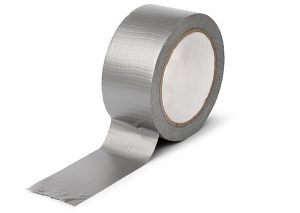
Many people swear by the “duct tape” method of treatment. It involves little to no expense or side effects, so although evidence is spotty at best, it couldn’t hurt to try. Although it’s hard to find scientific evidence of it working, anecdotal evidence does show that it often does seem to work, although the reasons are unclear.
To do it, simply put a piece of highly sticky duct tape on the wart. Leave it on for several days, then remove it and replace it with new duct tape. It’s possible that this removes several layers of the wart, thus getting rid of it altogether.
Apple Cider Vinegar
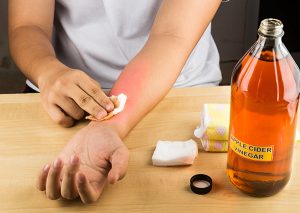
Did you know that apple cider vinegar has medicinal uses, and has been used as such for thousands of years? While scientific studies on the method are lacking, there is anecdotal evidence to show that it can be an effective way of getting rid of warts. It likely works because there is as much as 8% acetic acid contained in vinegar – which also means minor irritation could occur.
To use, dilute apple cider vinegar with one part water and two parts apple cider vinegar. Soak a cotton ball in it and apply it to the wart. Keep the cotton ball there overnight or for a full day by covering it with a band aid or tape. Remove it and repeat as many times as it takes.
You can also submerge the affected part of your body (if it’s your hands or feet) in a solution of 50% water and 50% apple cider vinegar. Leave it there for 15 minutes, and then rinse off with water. Do this daily as many times as it takes.
Summary: What Should You Do Now?
With all of its different strains, HPV can be a tricky virus that causes embarrassing warts. Even so, warts are treatable and preventable to a certain extent. Trial and error is often the best way when it comes to warts, so choose a method and try it consistently.
If you have a wart or multiple warts, you’re probably wondering how to get rid of them. Consistency is key – otherwise, you may never know if that method works or not. Follow the below steps to get rid of that pesky wart and get on with your life.
Action Steps: Tips for Getting Rid of your Wart(s)
- Try one or more of the home remedies listed above (duct tape, apple cider vinegar, sandalwood oil).
- After a few weeks or months of trying, assess if it seems to be improving. If not, try another method.
- If there are no changes after trying a method or two consistently over a long period of time, consult with your doctor – it might be that treatment by a physician is the best way to get rid of the wart.
Warts can be a frustrating and embarrassing problem, but they can be treated. Once you get rid of them, do your best to keep your immune system up by living a healthy life. After all, a healthy immune system will also help you thrive in ways that have nothing to do with warts. Good luck!
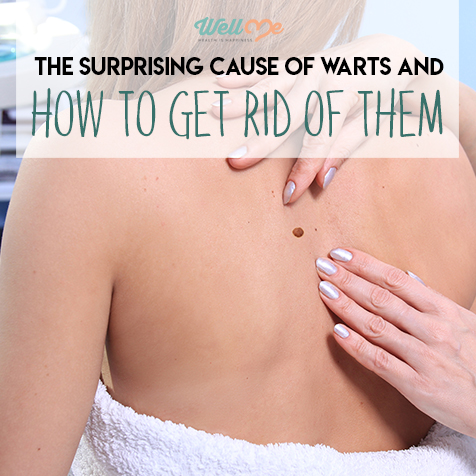
References
- [1] “Warts.” MedlinePlus. <https://medlineplus.gov/warts.html>
- [2] “Warts.” American Academy of Dermatology. <https://www.aad.org/public/diseases/contagious-skin-diseases/warts#tips>
- [3] “Common Wart.” SkinSight. <https://www.skinsight.com/skin-conditions/adult/common-wart-verruca-vulgaris?Imiw9cApl#overview>
- [4] “Warts.” FamilyDoctor.org. <https://familydoctor.org/condition/warts/?adfree=true>
- [5] “Topical Sandalwood Oil for Common Warts.” NCBI. <https://www.ncbi.nlm.nih.gov/pubmed/28954520?_ga=2.263849548.1569483263.1521035609-2040267100.1517578543>
- Fun Fact Source: “Common Wart.” SkinSight. Accessed 14 March 2018. <https://www.skinsight.com/skin-conditions/adult/common-wart-verruca-vulgaris?Imiw9cApl>
- Fun Fact Source: “5 Myths About Warts You Probably Believe.” Mendelson Dermatology. Accessed 15 March 2018. <http://mendelsondermatology.com/blog/5-myths-warts-probably-believe/>

